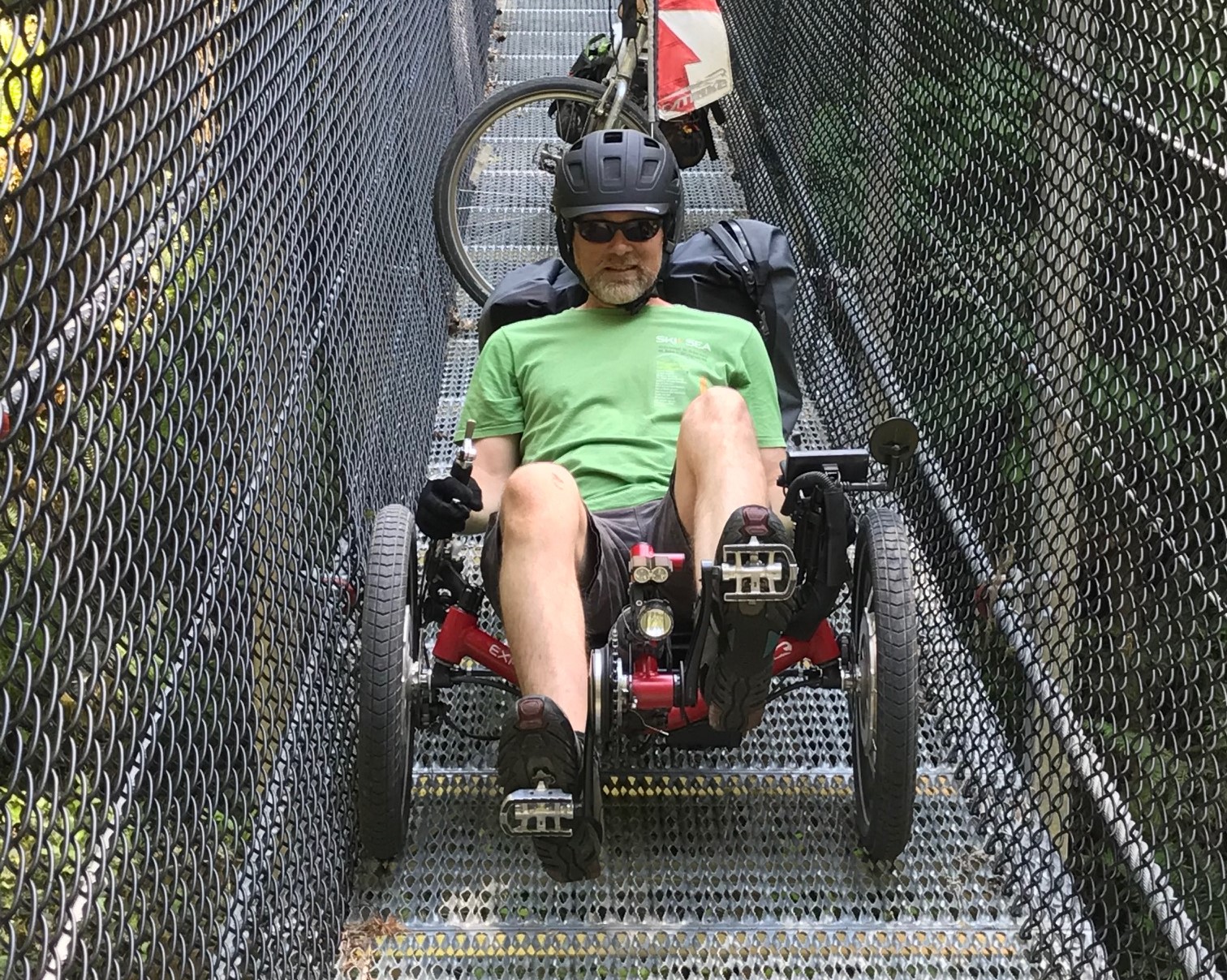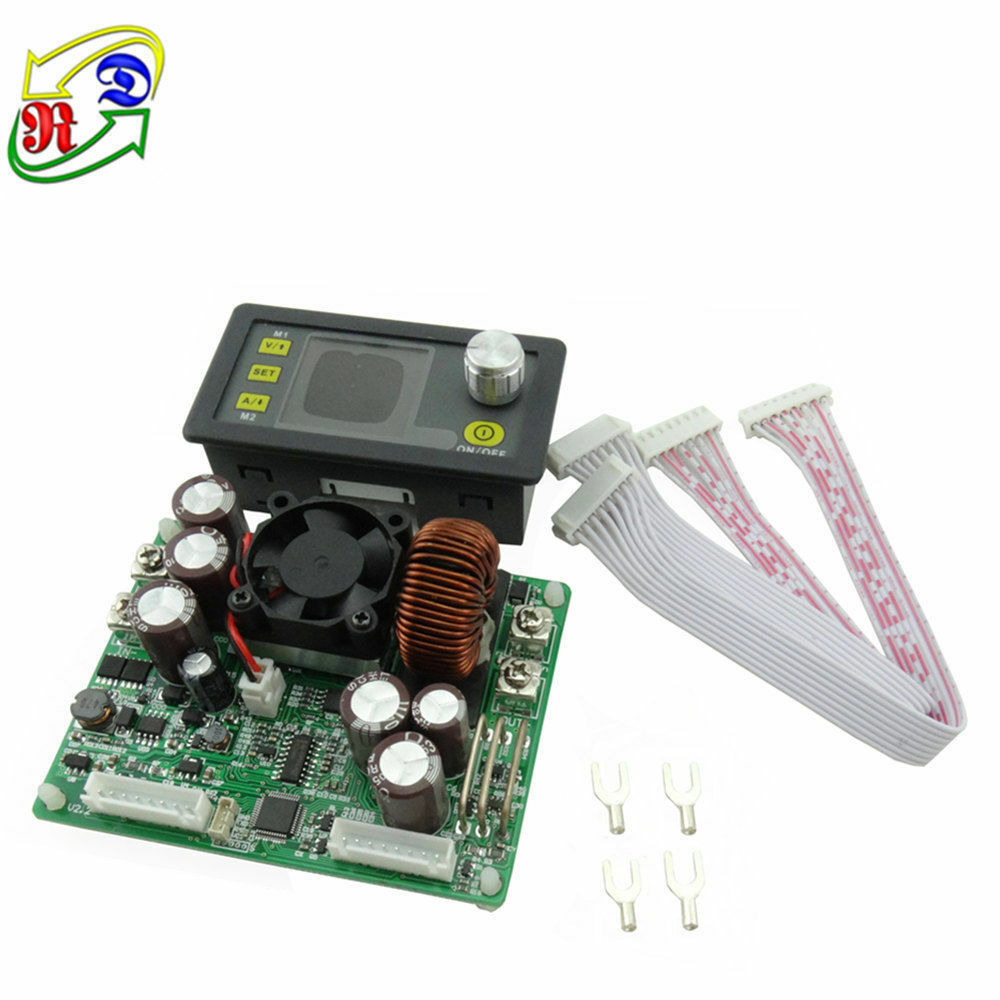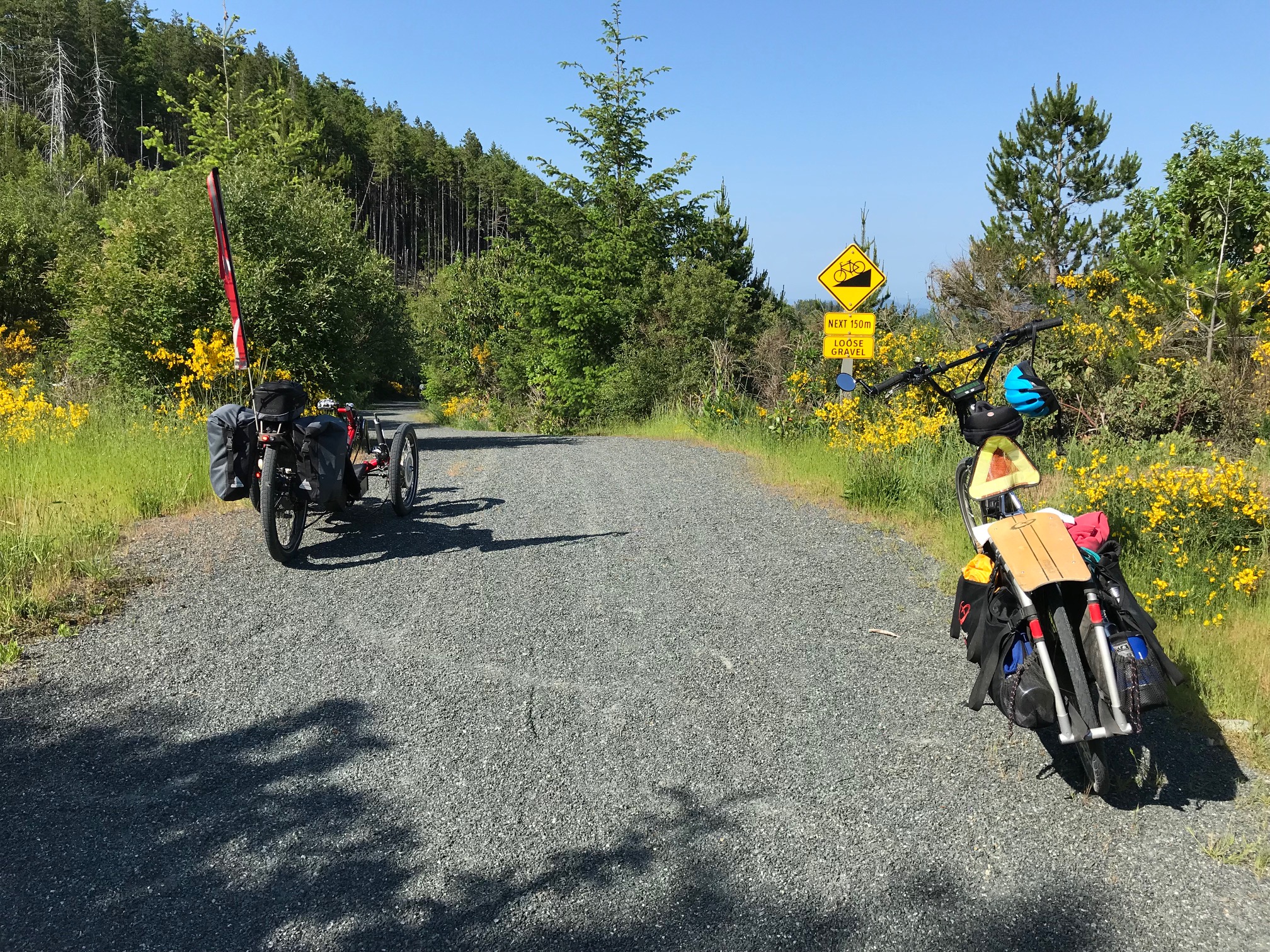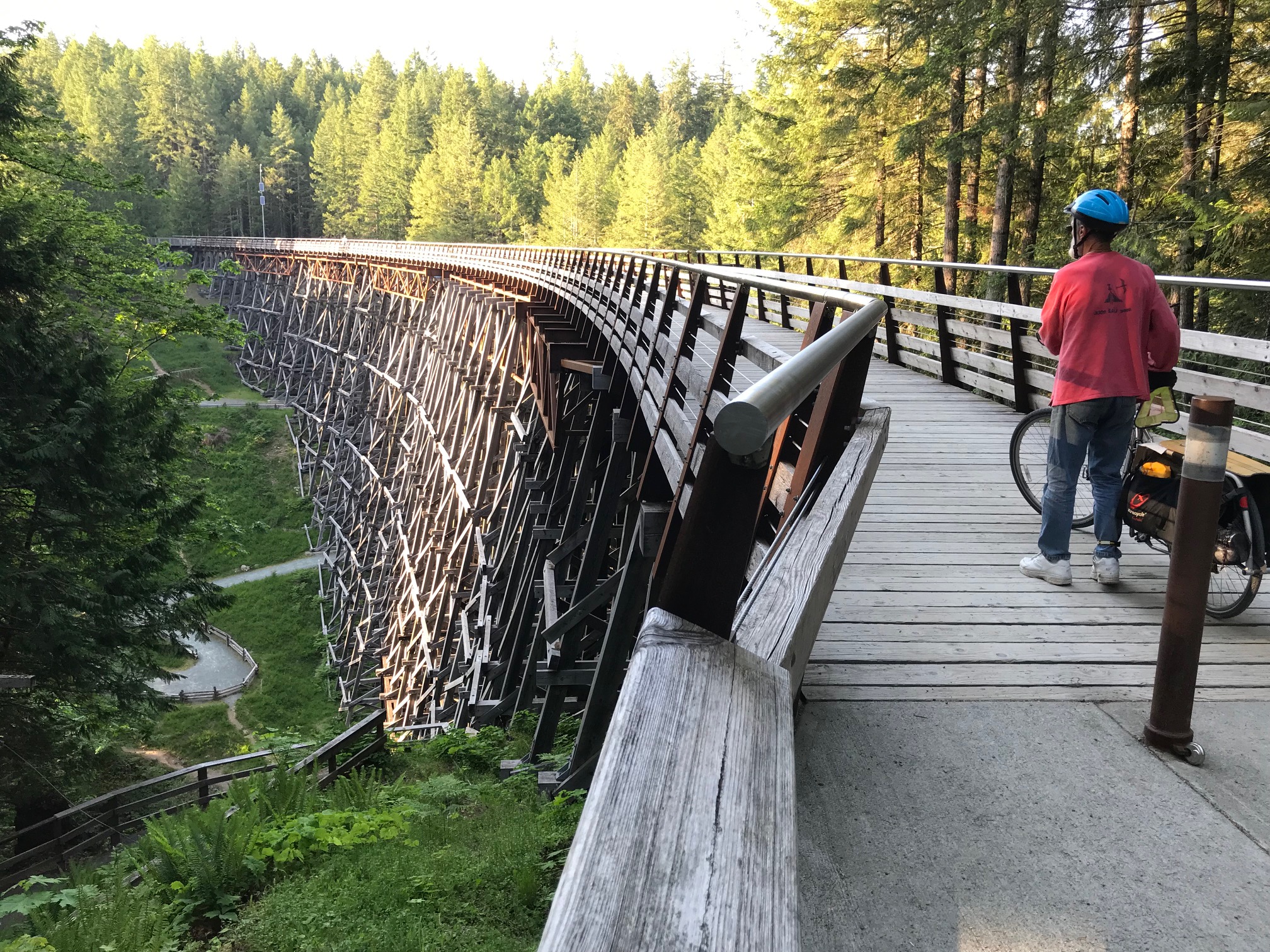Charging your e-bike battery from another battery while you ride!
2019 Jun 20th
I recently did a 140km ride with some friends from the North End of Salt Spring Island, to Fulford on the South End, then Swartz Bay on the ferry, Victoria, and Langford via the Lochside Trail and the Galloping Goose bike trails, then all the way up to Cowichan River Provincial park on the Trans Canada Trail. The next day we returned to Salt Spring through Duncan, for another 40km.

Interested it this 72V, 80+ km/h capable dual motor Catrike? See my Endless Sphere posts:
https://endless-sphere.com/forums/viewtopic.php?f=...
I am considering doing some of these conversions for sale, I can't say enough about the performance!
With 72V, 1400 watt hours of Samsung 18650 25R cells on board, I probably could have made the whole ride in the built in battery, but to avoid the chance of running out, I put an idea to the test, and it worked really well.
I mounted a DC-DC boost converter in a box, and put it in the pannier, along with a 12.8 ah 48V juiced battery pack. For long, expedition style rides, this DC converter is a great tool, as you can charge any battery from another battery, as long as the battery being charged has higher voltage than the other.
You could also use this rig to charge your ebike battery from your 12V car starting battery while the engine is running. The Voltage up to 120V and amperage up to 15A are easily programmed via the built in buttons and display. I would not exceed about 450 Watts to keep things reliable.

Search "900W Digital DC-DC Output 10 120V 15A Step up Power Module" on Ebay
There are DC-DC converters that will do the opposite as well.

DC-DC down converter Search "DPS5020" on Ebay
I set the DC-DC converter to 80V (about 80% charge on the 72V pack built into the Catrike) and about 1.25 amps, so that the 72V battery would charge from the 48V pack at about 100 Watts. The idea is that once the main battery gets down to 80% charge, it starts to get a 100 watt charge from the auxiliary pack. The 100 Watt rate is easy for the smaller pack to maintain, and you will get all of the Watt hours available (minus about 10% for conversion losses in the DC-DC converter.) This worked really well. Over the next 6 hours of riding, the 48V pack slowly discharged into the 72V pack, lessening the load on the main pack, and extending its charge by about 5-600 watt hours.

The Trans Canada Trail above Langford. Trail conditions vary, a mountain bike is preferable. The trike is a lot of fun on these trails

The Kinsol trestle on the Trans Canada Trail between Shawnigan Lake and Cowichan River Provincial Park
